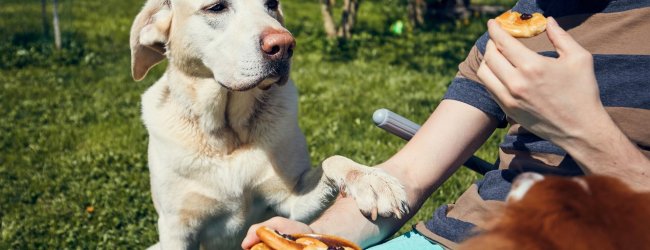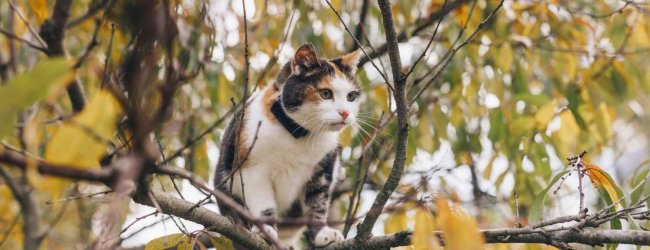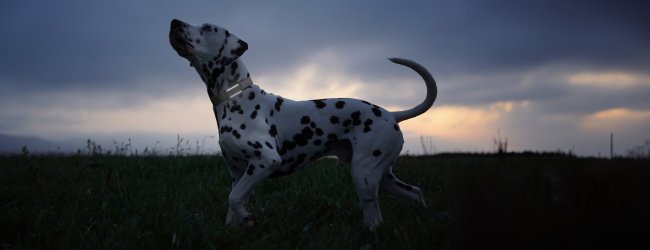10+ Dog Friendly Backyard Ideas
The backyard is where you and your family relax and have fun – and that goes for your dog, too! And with the warmer, longer days, you're best off creating a fun, safe space for them with these tips.
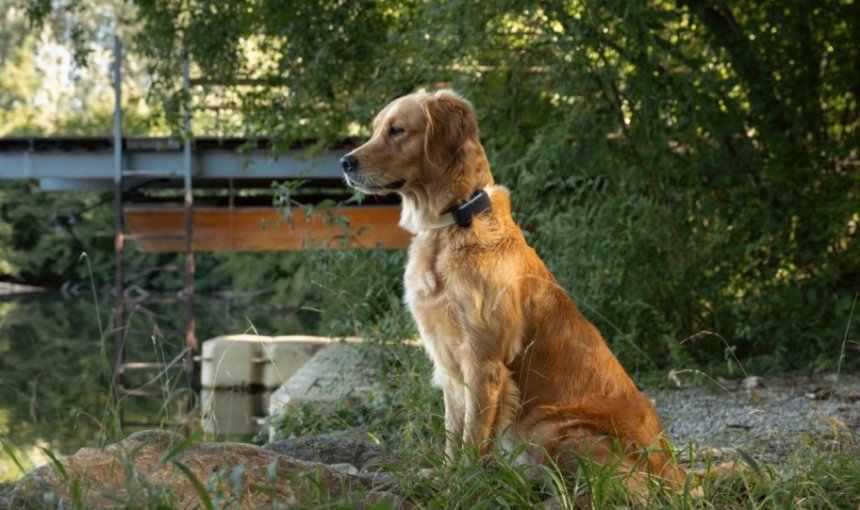
As the weather gets warmer, you’re more likely to find your buddy itching to go play outdoors. So with these dog friendly backyard ideas, you’ll keep both them (and your plants) safe – while also helping them get the exercise and outdoor time they need. Here’s how to ensure that your outdoor space is safe, comfy, and escape-proofed for your buddy.
Key Takeaways
Plan for a safe and functional yard
Consider planning for dog toilet areas and choosing dog-friendly ground covers like durable grass, artificial turf, or mulch.
Choose dog-safe plants
Many common garden plants can be toxic to dogs. Make sure to use fertilizers with caution.
Make your yard fun to hang out in
Add a sandbox for digging, patrol paths, a paw-washing station, and a water feature. You could also create a play area with agility courses.
Use a smart dog tracker for extra safety
Your Tractive device can help you set up a “virtual fence” to alert your if your dog leaves a safe zone. It also provides real-time tracking and activity monitoring to ensure your dog is getting enough exercise.

Always know your buddy is healthy & safe
Read morePlan ahead for your dog’s toilet breaks
Your backyard is probably covered in lawn grass, which is typical of most homes. However, you may end up seeing brown spots that appear where your dog pees. Make sure to rinse the grass with water shortly after your pooch does their business. Else, you could train your dog to urinate in just one area of your backyard. By creating a backyard dog potty area, you can leave the remainder of the yard clean and green.
Invest in a ground cover for your backyard
You could also replace your lawn with one of these green ground covers for a dog-friendly backyard:
- Durable grass blends
Depending where you live, you could reseed your backyard with hardier grass varieties such as buffalo grass or Kentucky bluegrass. These can stand up to heavy use. - Artificial turf for dogs
Installed properly, artificial turf is a low-maintenance ground cover. Plus, it won’t turn brown where your dog urinates. You also don’t need to mow or weed artificial turf, so you’ll have more time to play with your dog! As a bonus, artificial turf may prevent your dog from digging. - Clover
As most homeowners are aware, clover is a very robust plant. Clover’s toughness allows it to easily stand up to dog urine without turning brown. Plus, clover is safe for your dog to eat. Clover may be a good choice as a ground cover for a backyard dog potty area.
Dog-friendly landscaping options
Mulch
Mulch is a dog-friendly backyard grass replacement and is inexpensive. Just make sure to avoid cocoa mulch, which is toxic if ingested by dogs. Wood chips are another dog-friendly alternative. They’re also less likely to be tracked out of your garden beds than shredded mulch.
Rock or gravel
When selecting dog-friendly backyard landscaping rocks to replace part of your lawn, choose the right sized stones to accommodate your dog’s paw size.
- Avoid tiny stones, such as pea gravel, may get wedged between the paw pads of large dogs.
- Likewise, avoid very dark rocks, which can get hot in warm weather.
- Also stay away from jagged stones, too – smooth rocks, such as river rocks, are best for your dog’s paws.
Pick your plants carefully
Many common backyard landscaping plants, including azaleas, lilies, hydrangeas, and yew shrubs are dangerous for dogs to eat. Some plants can cause nausea, vomiting, or even death if ingested. The ASPCA maintains a comprehensive list of toxic and non-toxic plants that can guide your dog-friendly backyard garden choices.
- Skip the expensive plants
Many easy-to-grow garden staples such as sunflowers, ferns, and impatiens are dog-friendly options for your landscape beds. Just purchase a few inexpensive seed packets and you’ll be on your way to an attractive outdoor space that is completely dog-friendly! - Use fertilizers and weed-killers with care
Be sure to follow the directions on the package carefully. For safety, keep your dog off the lawn for a few days until the fertilizer is watered in or it until rains. Or, switch to organic or pet-safe fertilizers for a dog-friendly option.
Invest in a durable fence
A fence is a must to keep your dog safely inside your dog-friendly backyard. You could always put a small window in your fence to create a more dog-friendly backyard. (Like a small Plexiglass window.) Besides, you could also fence all or just part of your backyard. If it’s small, you could fence the entire yard to give your dog enough space for active play. If your backyard is large, fence just a portion of the yard for your dog. This way, you can build more elaborate landscaping and vegetable beds in the remainder of the yard without worrying about your dog digging them up.
💡A smart dog tracker can also help you set up a “virtual” fence. Mark out a safe zone from your Tractive mobile app – like your home or backyard – and get an escape alert if your dog sneaks past it. No need to set up an expensive fence, dig through your lawn, or spend a ton on maintenance.
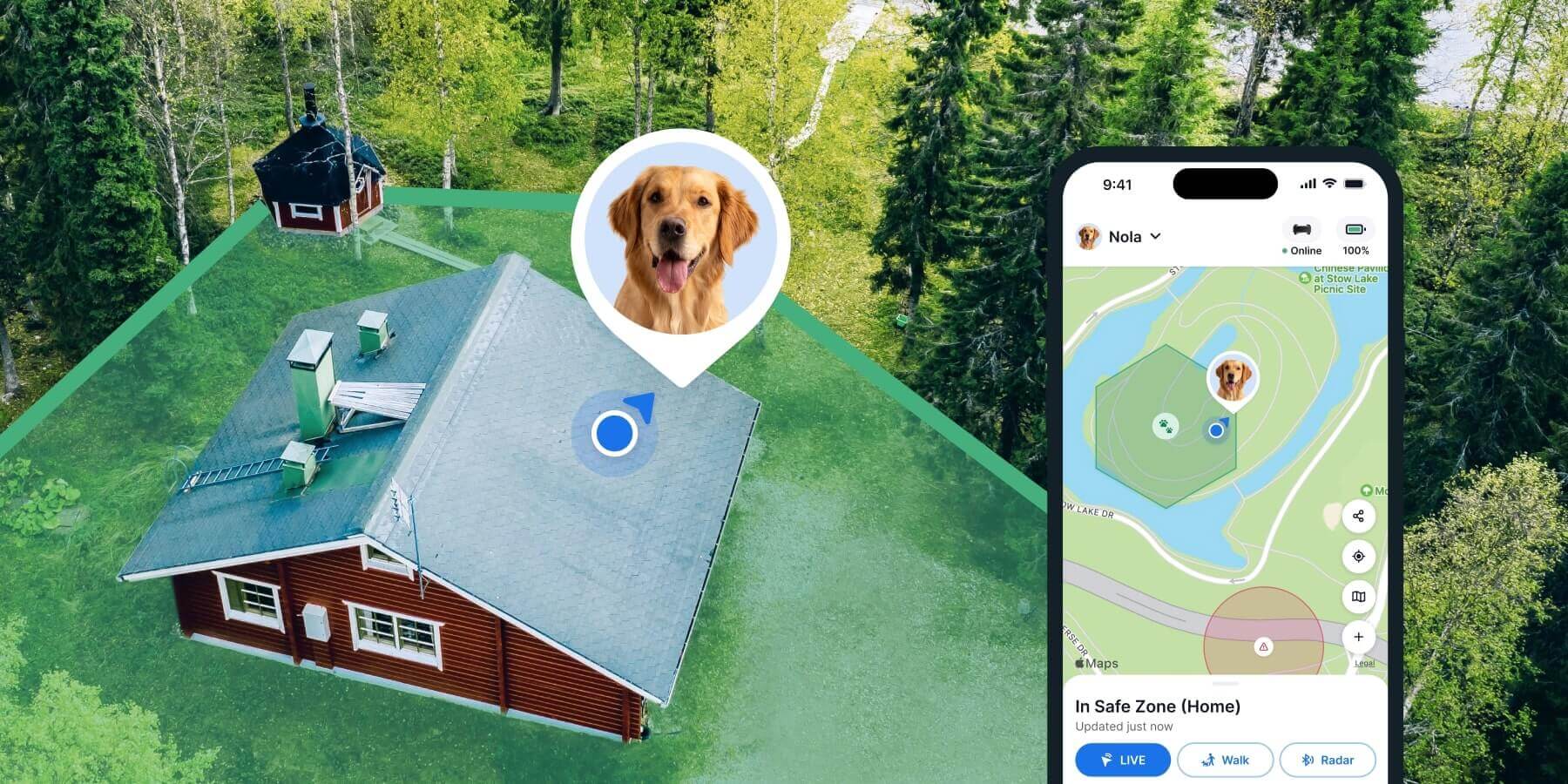
More features for the ultimate dog-friendly backyard
Install a sandbox for digging
To redirect your dog from digging in your yard, think about making a sandbox with some of their favorite toys. Scoop out a large hole and set a child’s plastic swimming pool into the hole, so the top of the pool is level with the grass. Place some of your dog’s favorite toys at the bottom of the pool. Fill with play sand and let your doggie dig to their heart’s content!
Create patrol paths for your dog
Dogs are hardwired to patrol their territory, usually the perimeter of the yard – right at the base of your fence. Wherever your dog has worn away the grass and created dirt paths, lay down mulch or stone along this patrol route. This will make your backyard more attractive, and also reduce the likelihood of muddy paws from rainy-day patrols.
Place a paw-washing station by the back door
If you are concerned about muddy paw prints when your dog comes back inside after playing in your dog-friendly backyard, create a paw-washing station near your back door. Before you bring your dog inside, just dip your pooch’s paw in a bowl of water, wipe with a wet cloth, and dry with a fluffy towel. To minimize muddy paws, keep the fur on your dog’s paws trimmed short.
Have a water feature
Water is a must for your dog-friendly backyard, even if it’s just a sturdy bowl filled with fresh water every day. If you have a water-loving pooch, try setting out a child’s hard-sided swimming pool and fill with water (Inflatable pools are likely to get punctured by your dog’s toenails.) Even better, install a fountain, sprinklers, or stream that features moving water. For safety, just be sure that the water feature has sloping sides or a ramp, rather than steep sides, so your dog can easily get out of the water if they climb or fall in.
Add a warm-weather flop spot
In warm weather, your dog will naturally try to cool off. Panting will only help so much! Many animals, including dogs, dig into the soil to reveal the cool dirt underneath, then lie in it. (So if your dog digs a lot of holes or messes with your landscaping, maybe this is what they are trying to do!)
So you could create an open dirt pit just for your dog. Or, dampen the sand in the above-mentioned sandbox and watch your dog sprawl in it on a hot day. Sand can be shaken or brushed off more easily than dirt, so consider where your dog sleeps at night before deciding on how to fill your dog-friendly flop spot.
Provide a shelter
If your dog spends lots of time outside, a shelter is essential. At a minimum, you’ll need to figure out a way to create shade and protection from the elements.
- If you have a tall tree, its shade is an ideal cooling spot for your dog.
- A tarp strung between two trees or posts will provide shade plus shelter from rain.
- A doghouse, ideally with a little covered front porch, is a perfect all-season hangout for your doggie. It can be used in winter to help your pooch stay warm, or in summer to provide a shady spot to rest.
Read more:
- Dogs And Heat: How To Keep Dogs Cool In Summer
- Heat Stroke In Dogs: How To Spot It Early & What To Do
A place to play outdoors
Play is a wonderful way for you and your dog to build a bond while having fun and getting exercise. Which means a designated play area is essential to a dog-friendly backyard. Spice up your playtime by including agility training rings and tunnels, or create an obstacle course with some chairs, pillows, or cushions. These can both help your dog get enough exercise – as well as train them to follow your commands.
Where a smart dog tracker can help
Creating a dog-friendly backyard isn’t just about fun – it’s about safety too. That’s where a smart dog tracker like Tractive makes a real difference. With a few simple steps, you can turn your outdoor space into a haven where your furry friend can play freely, while you enjoy peace of mind.
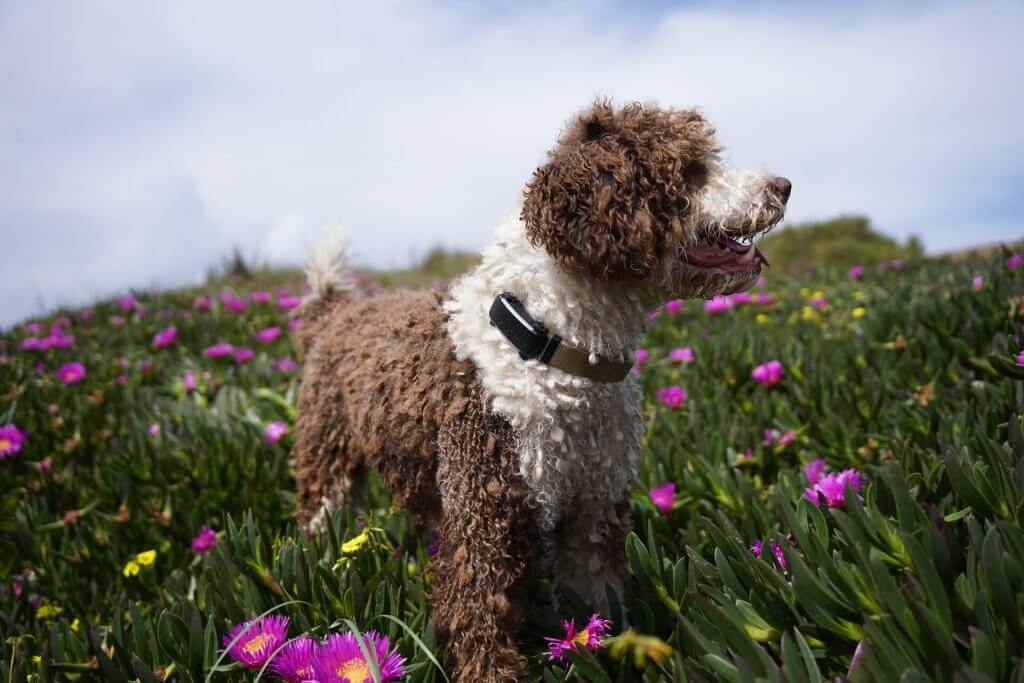
Here’s what you get with your trusty Tractive device strapped to your buddy’s collar:
- Virtual Fences
Set up customizable safe zones around your yard from your mobile app – no digging or wires required. If your dog ever leaves the safe zone, you’ll receive an instant escape alert straight to your phone, helping you act fast and bring them home safely. - Real-time GPS tracking
Even the best fencing can’t stop a determined explorer. Tractive offers real-time GPS tracking, letting you see your dog’s live location with pinpoint accuracy. Whether they’re napping by the tree or darting toward a gate, you’ll always know exactly where they are. - Activity tracking & health insights
With its built-in motion detector, your Tractive smart tracker also monitors your dog’s daily exercise levels – how much they’re moving, resting, and even how many calories they’re burning. It’s a great way to ensure your pup is getting enough playtime and staying fit, especially if your backyard is their main playground.
With Tractive, setting up a dog-friendly backyard is more than just a physical space – it’s about creating a smart, secure environment where your best friend can thrive.

